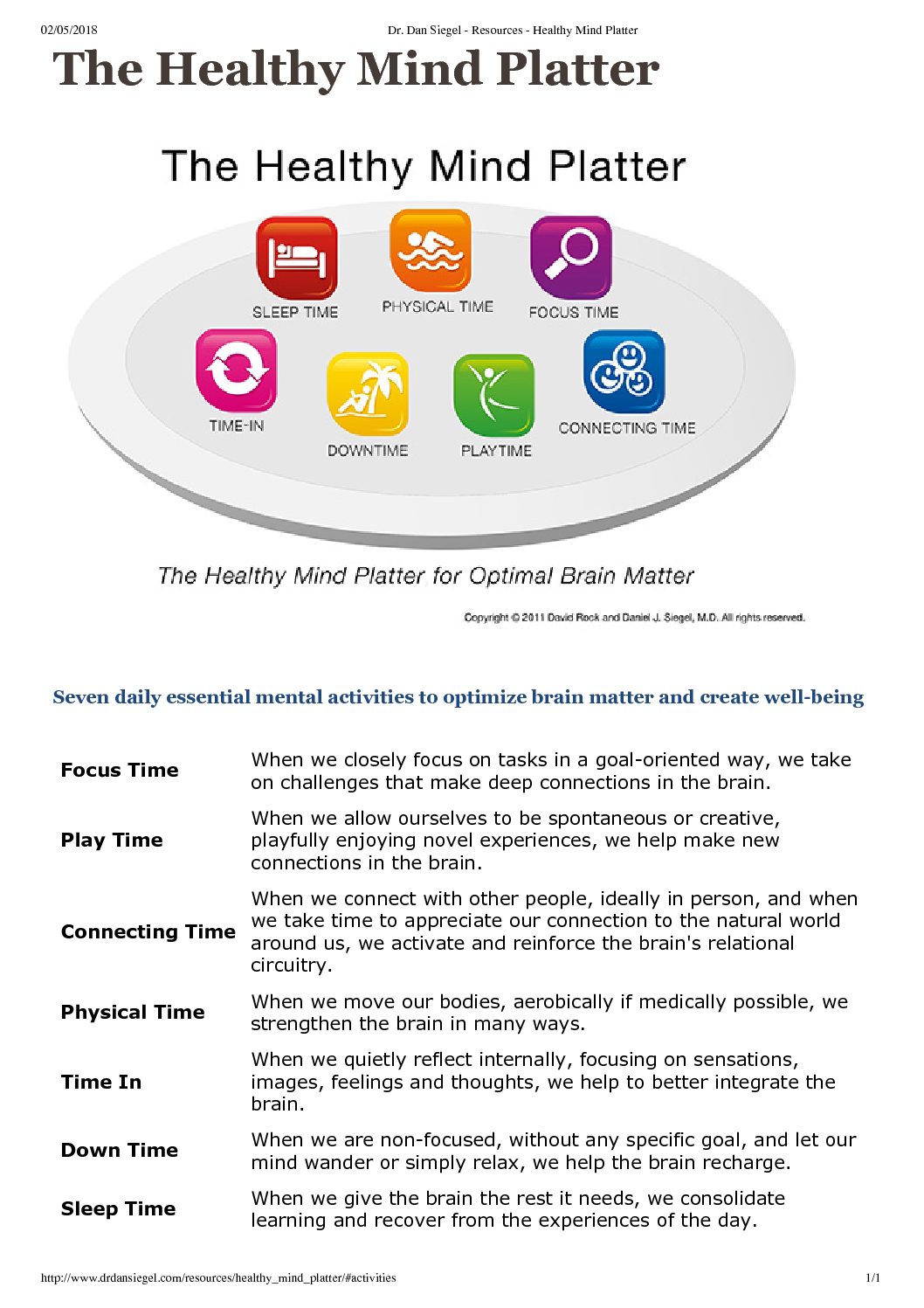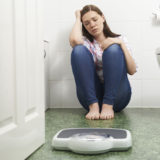Your Guide to Pain Medication

Whether you’re dealing with pain from an injury or recovering from surgery, pain relieving medication (analgesia) can be confusing. Here’s a guide on how to safely use pain medication and optimise your pain relief.
Acute Pain vs Chronic Pain
This article deals with acute pain, which is short-lived (less than six weeks). Acute pain results from an injury or surgery and serves to protect the injured body-part while it heals. Chronic pain has more complex causes and doesn’t necessarily reflect underlying tissue damage.
Non-medication options
Pain relief requirements will differ from one individual to another, even for the same surgery or injury. Many factors affect how pain is perceived, particularly your emotional state. If you are anxious or sleep deprived, your perception of pain can be heightened so it’s important to address these aspects too.
Don’t forget to optimise practical techniques for managing your pain. Resting the injury can markedly reduce your need for pain medication and often facilitates healing. If you have an injured limb, keeping it elevated, applying compression and ice minimises swelling and pain. Physiotherapy can be helpful for both pain relief and rehabilitation but check with your doctor first whether this is appropriate.
Acute Pain Medications
As a general principle, it’s good to use the least harmful pain relieving medication (with fewest side-effects and addictive potential) that manages your pain. The aim is not to become completely pain-free but to make the discomfort tolerable. Regularly re-evaluate your pain requirements as your condition improves and reduce your medication appropriately.
If you have more severe pain, often a combination of medications that compliment each other is a good solution. The less strong medications may not be sufficient on their own. However, using stronger medication in combination with other pain relief reduces the quantity required, thus minimising side effects and addiction.
There are three broad groups of pain relieving medications.
1. Paracetamol (eg Panadol)
Paracetamol is the safest to use with few side-effects. On it’s own paracetamol will relieve mild discomfort but when used in combination, will reduce your requirements for the stronger medications, which have more side-effects. It’s important to stick to the maximum quantity of 4 grams (8 x 500mg tablets) per day as paracetamol is very dangerous in overdose. A common mistake can be to inadvertently take extra paracetamol that comes in combination with other pain medications so read the ingredients carefully. If you overdose on paracetamol it’s important to seek medical advice immediately. Paracetamol also comes in a slow-release preparation, which means it’s effect lasts longer and there is a more consistent drug level over a 24-hour period rather than peaks and troughs.
2. Anti-inflammatory medications (egs Ibuprofen/ Nurofen, Meloxicam Mobic)
Anti-inflammatory medications are not suitable for everyone so check with your doctor. If you suffer stomach problems such as ulcers, have high blood pressure, kidney problems or asthma, anti-inflammatories may not be for you. Anti-inflammatory medication should be used with caution in over 50’s due to an increased risk of stroke, heart disease and kidney problems with long-term use. Like paracetamol slow-release preparations are better to minimise peaks and troughs and there are some that last for 24 hours at a time. Remember taking anti-inflammatories with food helps minimise stomach side-effects. Advise your doctor if you develop stomach pains or black stool (which can indicate bleeding from the intestines). Anti-inflammatory medications also come in topical preparations such as gels that can be quite effective but still need to be used with similar precautions.
3. Narcotic Medications
Narcotic medications range in strength from codeine (found in Panadeine and Pandeine Forte in combination with paracetamol) to morphine with many variations and combinations. Narcotics should be used as sparingly as possible because the body develops a tolerance to these medications with prolonged use that can lead to addiction. Narcotics relieve pain well, but come with side-effects such as drowsiness and constipation. I advise that whenever you take a narcotic medication you should concurrently take a stool softener, not laxative (eg Coloxyl without Senna) as constipation together with pain is very unpleasant. Some people suffer nausea or vomiting with narcotics. This might mean the dose needs to be reduced. It’s good to have an anti-nausea medication on hand should this occur. Slow-release preparations can help minimise side-effects and are slightly less addictive, while also providing better pain relief by minimising peaks and troughs.
Remember, as your pain improves aim to gradually reduce the dose and cease your medications. The stronger medications should be ceased first, and paracetamol last. Your doctor must regularly monitor and advise you on your pain medication to both optimise your pain relief and prevent side-effects and addiction.
If you have further questions about pain relief please see your GP.















